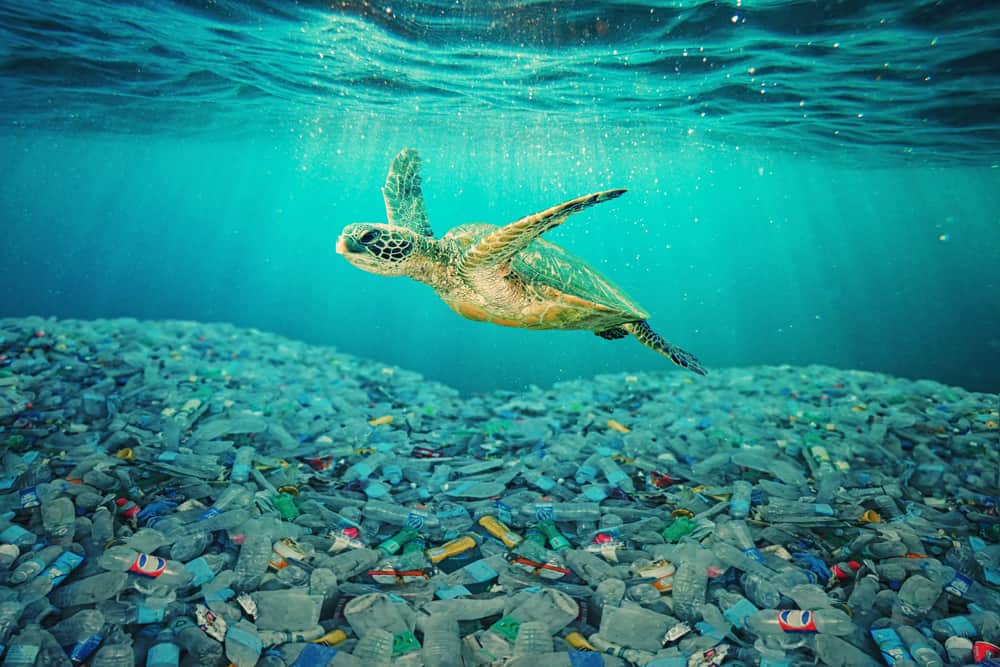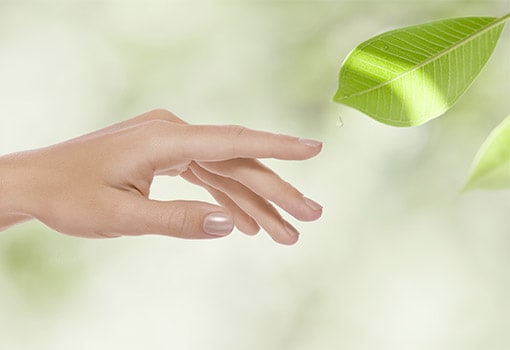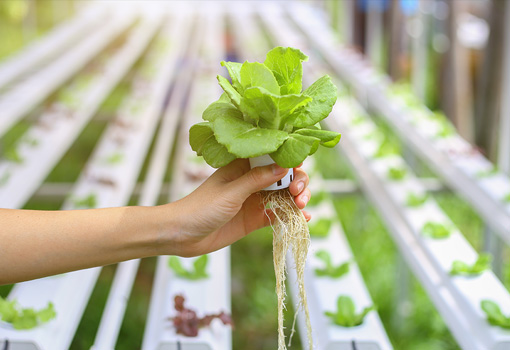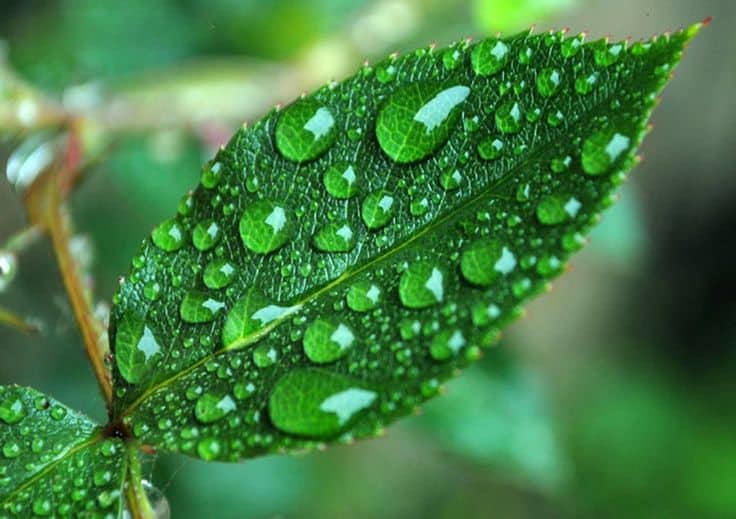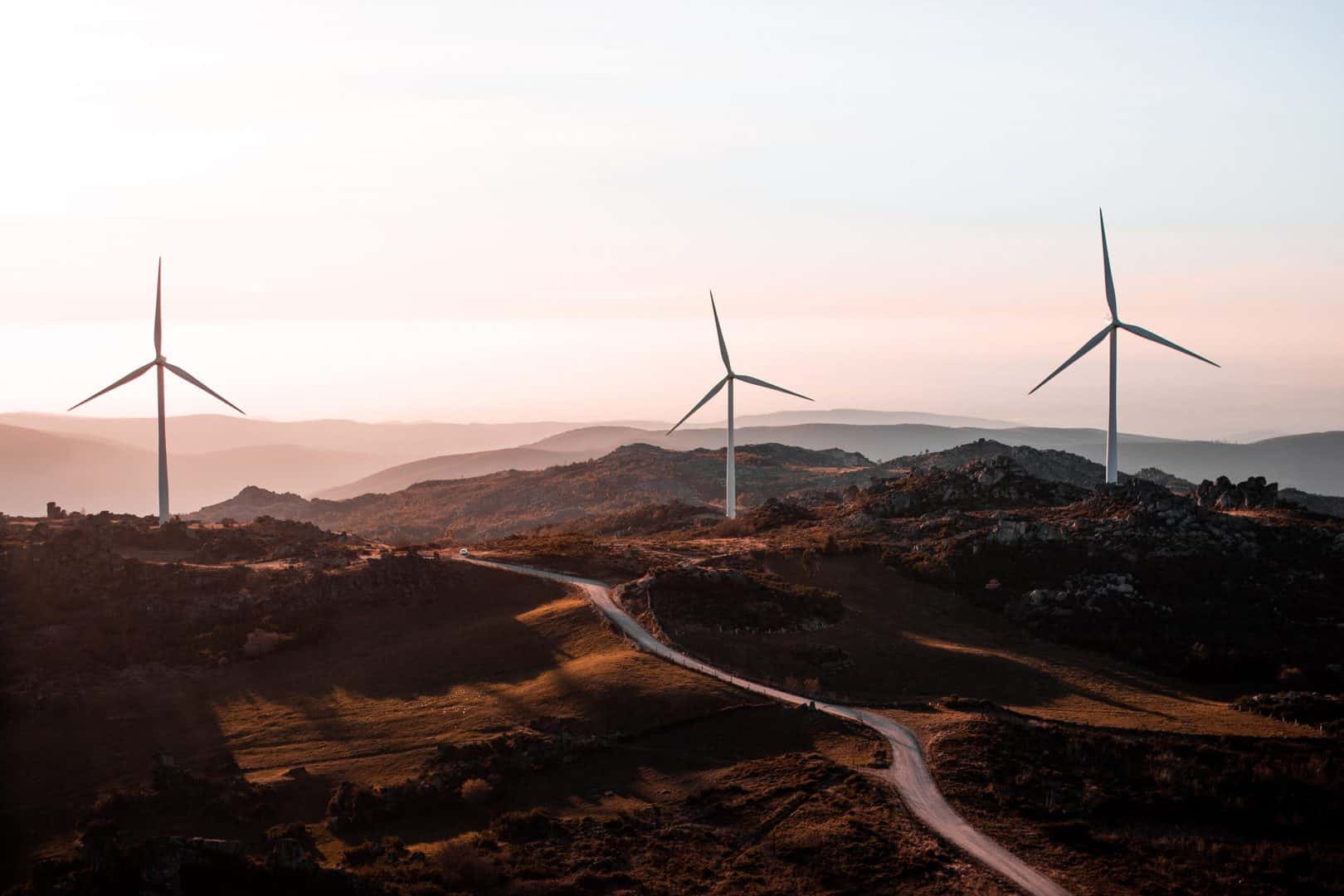Most of us are familiar with landfills—sites where our household trash is dumped after being collected from our homes. But have you heard of another landfill that is in the ocean? It’s been dubbed the Great Pacific Garbage Patch (GPGP), and it’s a floating landfill in the Pacific Ocean containing millions of little pieces of microscopic plastic.
how did the garbage patch come to be?
The GPGP is located between Hawaii and California, and originates from the North Pacific gyre. This gyre is a rotating ocean current in the northern Pacific Ocean that pulls trash (or marine debris) in towards its center. And over time, this trash accumulates, creating the “garbage patch.”
You may have heard the popular misconception that the GPGP is a floating island of trash, but it is not. It isn’t visible to satellite photography because the debris in the patch is typically small bits of plastic, called microplastics, that are only 5mm long or even smaller. Think of them as specks of pepper in a cloudy bowl of soup.
An estimated 80% to 90% of all marine debris is plastic. Most common are plastic bottles, bottle caps, plastic bags, straws, food wrappers, and cigarette butts (whose filters contain plastic). The UN Environment Programme (UNEP) estimates that about 8 million metric tons of plastic end up in the oceans each year!
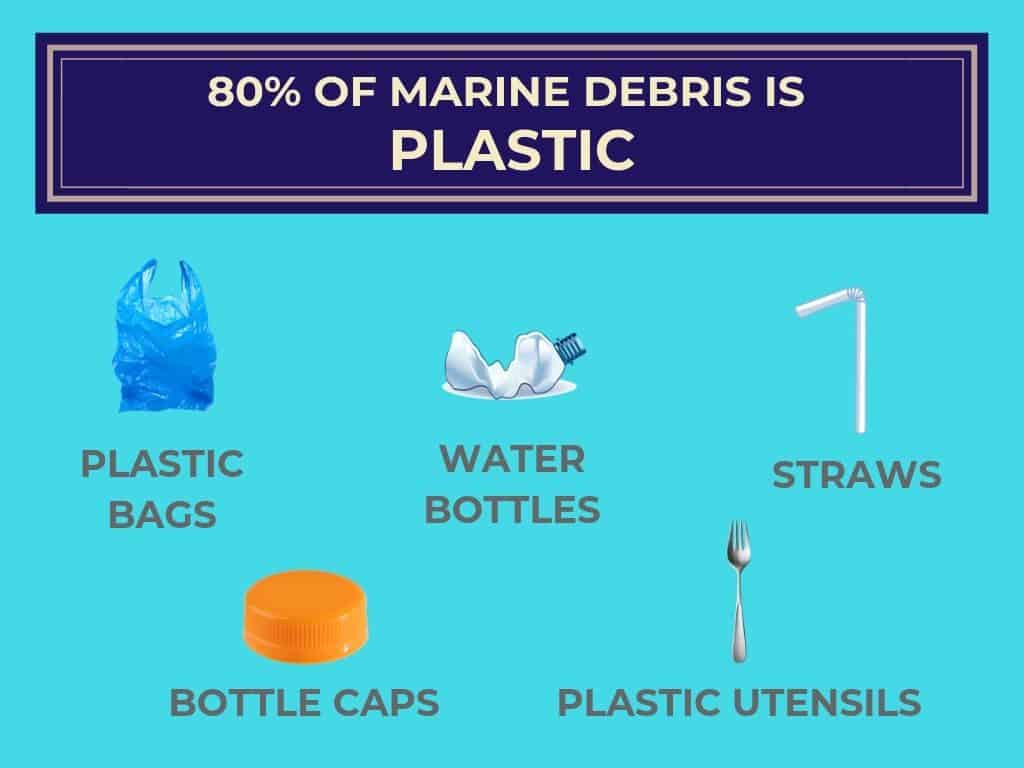
is plastic in the ocean really that bad?
The main problem with plastic is that it doesn’t biodegrade like wood or paper, which break down after being in water for a long time. Instead, it photodegrades—it breaks down into smaller and smaller pieces from prolonged heat and light from the sun, but never goes away. So the microplastics stick around, creating the garbage patch.
Microplastics are harmful to marine animals, who can mistake them for food and eat them. This can lead to starvation since they fill up on plastic instead of food. Microplastics can also cause blockages or ruptured organs. In addition, plastic absorbs organic pollutants and leaches out chemicals into the water.
can the garbage patch be cleaned up?
Not really. The ocean is simply too vast to clean for these little bits of plastic. And the GPGP is difficult to quantify since it can change in size, shape, and location due to wind and ocean currents. The National Ocean and Atmospheric Administration (NOAA) estimates that it would take 67 ships one year to clean up less than 1% of the North Pacific Ocean!
The key to mitigating the plastic pollution problem, then, really comes down to reducing the amount of plastic that is dumped into the ocean, to begin with. About 80% of plastic marine debris actually originates on land.
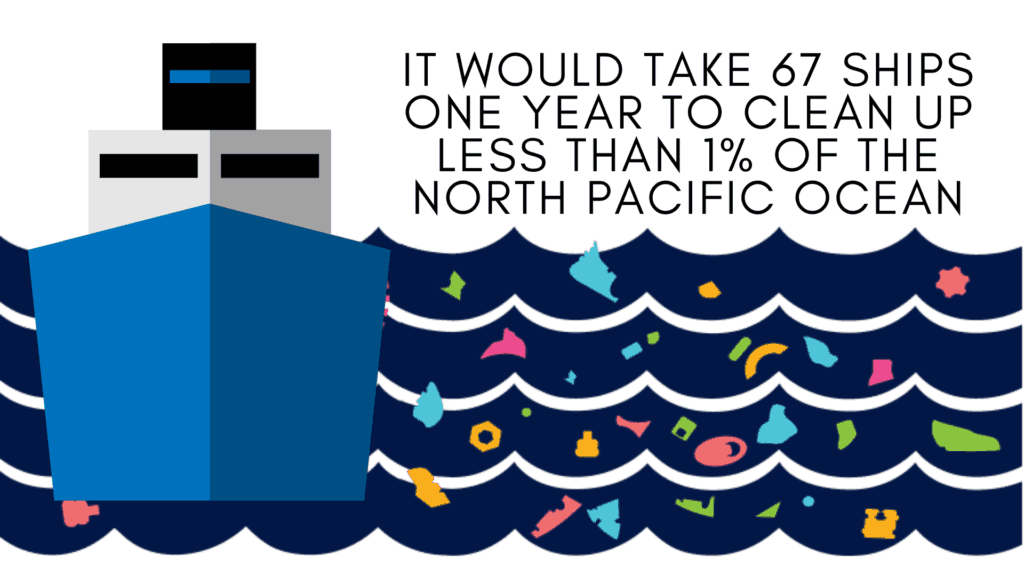
what can you do?
Most important—when you’re at the beach, do NOT dump plastic or any garbage into the ocean and do not litter! Reduce your use of plastic bags, water bottles, silverware, and straws. Instead, opt for reusable containers/items or environmentally safe packaging. Finally, you can participate in beach clean-up projects to get trash off our shores. The environmental experts at the group EcoWatch have published a great guide (Ocean Plastic: What You Need to Know) all about this issue, including ways you can take action!
Sources: National Geographic, United Nations Environment Programme (UNEP), Marine Debris Program (NOAA), Our World in Data

